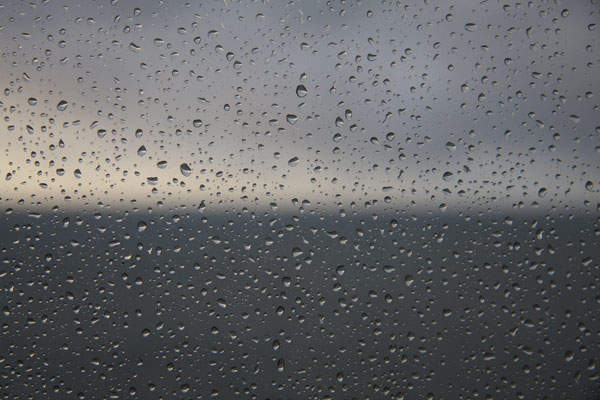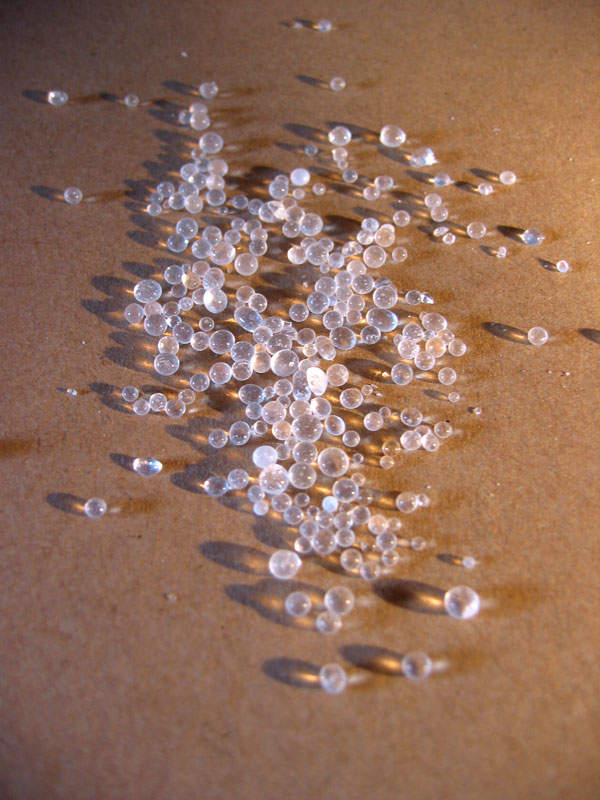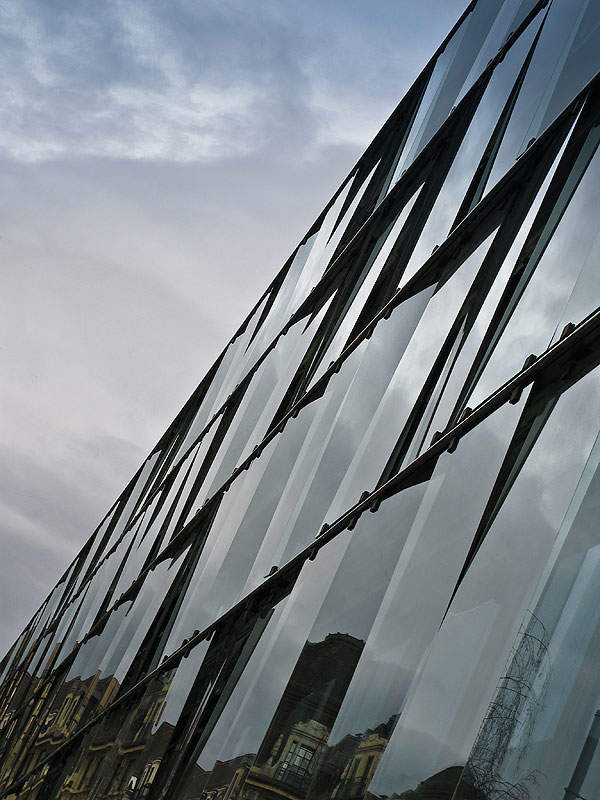Michigan-based Guardian Industries Corporation completed the construction of a float glass manufacturing plant in Krasny Sulin in the Rostov region of Russia, in December 2012. The new plant was built with an investment of $220m and produces 900t of glass a day.
Groundbreaking for the plant took place in May 2011 and the construction was completed in approximately 18 months.
The plant produces Guardian’s ClimaGuard and SunGuard glass products. Guardian’s products are used in the construction of residential buildings, offices, retail and other facilities.
The Krasny Sulin plant is Guardian’s second glass plant in Russia, with the first located in Ryazan. The Rostov region was chosen for building the second plant due to its various advantages, including ample natural resources, a large workforce and good infrastructure facilities.
The new plant fits Guardian’s plans to market glass to Russia and nearby European countries. Approximately 300 jobs were created through the construction of the plant.
Clear float glass products made at the Russian Rostov-based plant
The new plant manufactures clear float glass with a thickness between 3mm-12mm. The glass has a distortion-free surface and bright appearance. Its properties, such as high light transmission and optical clarity, enable it to be used for a wide range of applications such as lamination, insulation and reflection.
Glass manufactured using the float process generates high-quality flat glass. The process provides several advantages over sheet and plate production methods.
The float process is highly automated and the finished product is consistent in quality. The final product is obtained in the form of large pieces of glass, which can be stacked on metal racks or wooden containers for transportation to customers.
Manufacturing processes used at Guardian Industries Corporation’s facility
The manufacturing process starts with the unloading of raw materials, such as silica sand, limestone, dolomite and salt cake. Raw materials are delivered to the plant by rail and road from various locations.
Delivered raw materials are unloaded at the batch house, where they are weighed into batches and mixed with cullet or broken glass. Cullet is a small percentage of the glass produced at the end of the manufacturing process. It is of poor quality and cannot be sold. This cullet is 100% recycled by using it in the manufacturing process.
The mixed raw materials are melted in a natural gas-fired furnace. Molten glass from the furnace is collected into a tin bath where a continuous ribbon is formed. The shape of the ribbon can be altered through the bath, whose temperature is controlled using electric heating.
From the bath, the ribbon of glass is passed onto an annealing Lehr where it is cooled. Based on the product requirements, electric heating is used during the annealing process to maintain a specific level of residual stress. This is required to enable the cutting of the ribbon.
A computer-controlled automatic cutting system is used to cut the ribbon based on customer requirements. The cut glass is packed onto racks, boxes or dollies for transportation to customers. Any waste or broken glass at the end of the manufacturing line is returned to the batch house for use in the production process.
Glass coating machine and equipment installed at the Krasny Sulin plant
The Krasny Sulin plant is equipped with a glass coating machine, which applies thin layers of metals to improve the optical and physical features of the glass. The coating machine is fed with floating glass from the racks or directly from the production line, and the glass is cleaned and dried in a washer to ensure the quality of the glass surface.
The coating machine consists of a sputtering machine, which includes an entrance chamber, process chamber and exit chamber. Glass passes through the entrance chamber where the normal atmospheric pressure is reduced to the process pressure.
The glass then moves into the process chamber where the coating is applied. Two sputtering processes, including C-Mag and Dual Planar, are used in the process chambers. After completion of the coating process, the glass moves into the exit chamber where it is inspected for quality and packed for shipment.
The coating line provides coatings such as the Low-E glass coating to the ClimaGuard and SunGuard products. It has the capacity to coat 12 million square metres of products annually. Low-E glass coating increases the energy efficiency of the glass while ensuring high light transmission.






